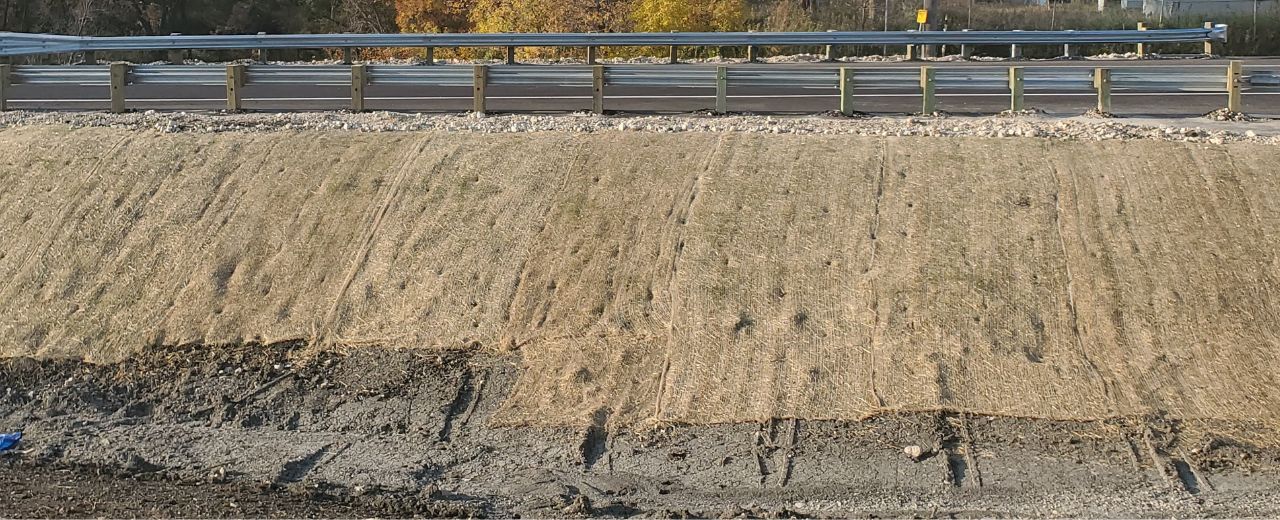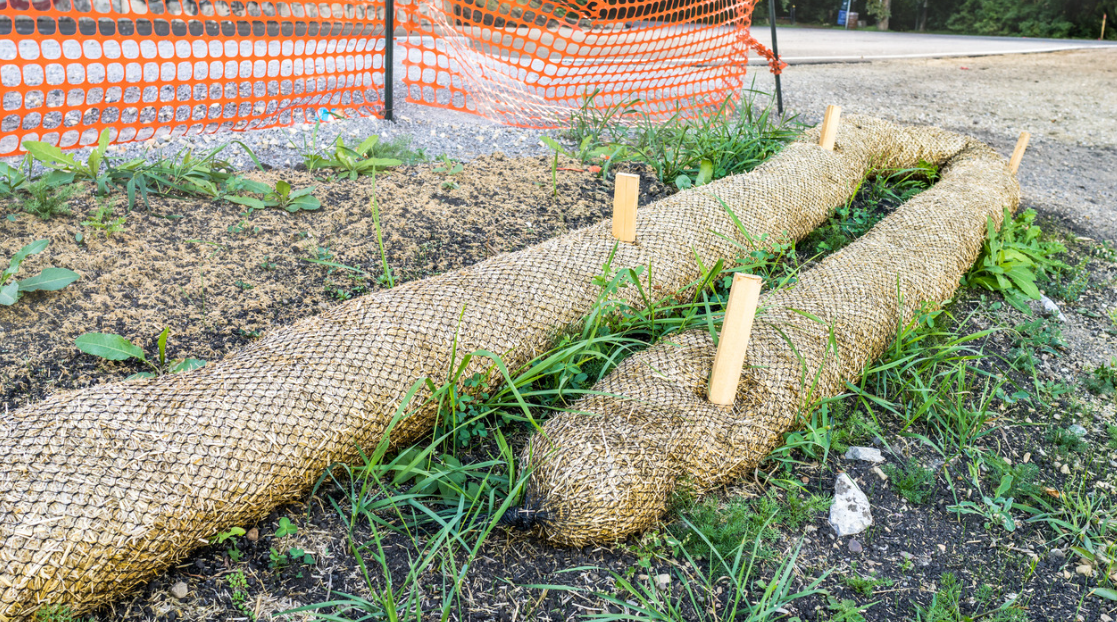Finest Practices for Erosion Control in Building And Construction Projects
Are you functioning on a building and construction project and worried regarding erosion control? In this write-up, we will guide you via the finest practices for protecting against erosion on your website. hydroseeding. Get all set to deal with disintegration head-on and make sure the success of your construction project.
5 Important Disintegration Control Techniques

To effectively regulate disintegration on your building site, you'll need to implement important techniques such as slope stablizing and debris control actions. Incline stablizing is vital in avoiding soil erosion on high slopes. Another reliable strategy is the use of erosion control blankets or floor coverings, which are put on the slope and aid maintain dirt particles while allowing plant life to expand.
Effective Debris and Overflow Administration

You can efficiently manage sediment and overflow in your building job by applying proper erosion control measures. Sediment and runoff administration is vital to prevent disintegration and safeguard the surrounding environment. One effective measure is the installation of silt fencings along the boundary of the building site. These fences aid to have debris and avoid it from entering nearby water bodies. An additional crucial method is the application of erosion control coverings or floor coverings. These blankets supply a protective layer on bare soil, lowering the effect of rainfall and preventing disintegration. Furthermore, making use of debris basins or debris catches can help to record sediment and stop it from going into stormwater systems. Regular upkeep of these steps is necessary to ensure their efficiency throughout the construction task. This includes cleaning and checking sediment containers and frequently changing silt fencings and erosion control coverings as needed. By applying these disintegration control measures, you can successfully manage debris and overflow in your building task, minimizing the effect on the atmosphere and complying with governing demands.
Key Considerations for Slope Stabilization
When taking into consideration slope stabilization, it's essential to examine the surface and recognize possible locations of instability. You require to meticulously examine the slope's qualities, such as its drainage, composition, and angle patterns. Look for signs of erosion, such as revealed origins, splits, or down soil. These signs can give you an idea of where stablizing actions might be needed.
An additional option is to grow vegetation on the incline, as the roots can assist anchor the soil and control disintegration. Additionally, setting up disintegration control blankets or floor coverings can give instant defense while vegetation ends up being established.
It's vital to consistently keep track of the maintained slopes to ensure their performance. Keep an eye out for any type of indicators of movement or erosion, and take instant activity if necessary. Routine maintenance, such as evaluating and fixing any damaged procedures, is additionally vital to make sure lasting security.
Best Practices for Greenery and Soil Security
One reliable way to shield greenery and soil on slopes is by frequently examining for indications of disintegration and taking immediate activity if required. Start by inspecting the incline for any type imp source of indicators of erosion, such as revealed origins, bare soil patches, or sediment build-up at the base. Implement erosion control steps such as mounting disintegration control coverings, mulching, or even constructing maintaining wall surfaces if required.
Executing Appropriate Drain Equipments
To effectively execute appropriate drain systems, it's crucial to consider the slope gradient and soil type. Understanding these factors is important when it comes to handling water flow and avoiding erosion. The slope gradient plays a significant role in determining how water crosses the land. Steeper inclines can bring about much faster water circulation, boosting the danger of erosion and flooding. On the other hand, gentler slopes permit water to move a lot more slowly, decreasing erosion possibility. By analyzing the incline gradient, you can develop an effective water drainage system that suits the all-natural water motion.
Sandy soils have a tendency to drain pipes faster due to their coarse structure, while clay dirts have a slower water drainage rate due to their small nature. In addition, considering the soil attributes aids prevent waterlogging, which can lead to bad plant development and damages to structures.
Conclusion
Finally, when it involves disintegration control in building tasks, you must comply with these ideal practices. Apply effective debris and overflow monitoring techniques to stop pollution. Think about slope stabilization techniques to make sure the security of the site. Safeguard plant life and soil by utilizing appropriate steps. Establish appropriate water drainage systems to take care of water circulation (Memphis Erosion Control Solutions erosion control). By adhering to these important practices, you can mulch companies near me effectively control disintegration and make sure the success of your building project.
To successfully manage disintegration on your building site, you'll require to carry out necessary methods such as incline stablizing and sediment control measures. Incline stabilization is important in avoiding dirt erosion on high inclines. Another reliable method is the use of disintegration control blankets or floor coverings, you could try here which are placed on the incline and help preserve soil fragments while allowing vegetation to grow. An additional choice is to plant vegetation on the incline, as the roots can aid anchor the soil and control disintegration. Implement erosion control actions such as setting up disintegration control blankets, mulching, or even creating keeping wall surfaces if needed.
Comments on “Silt Fences: Your First Line of Defense Against Erosion”